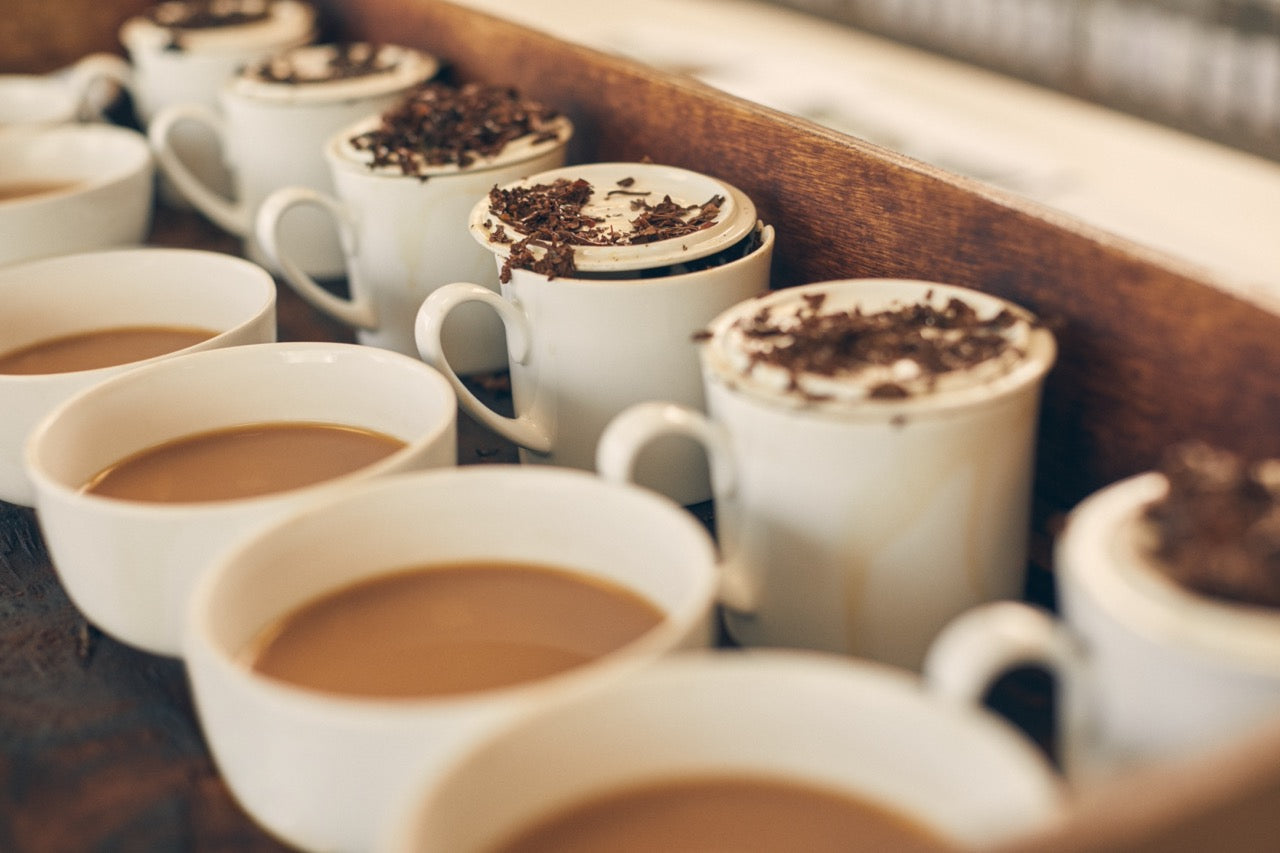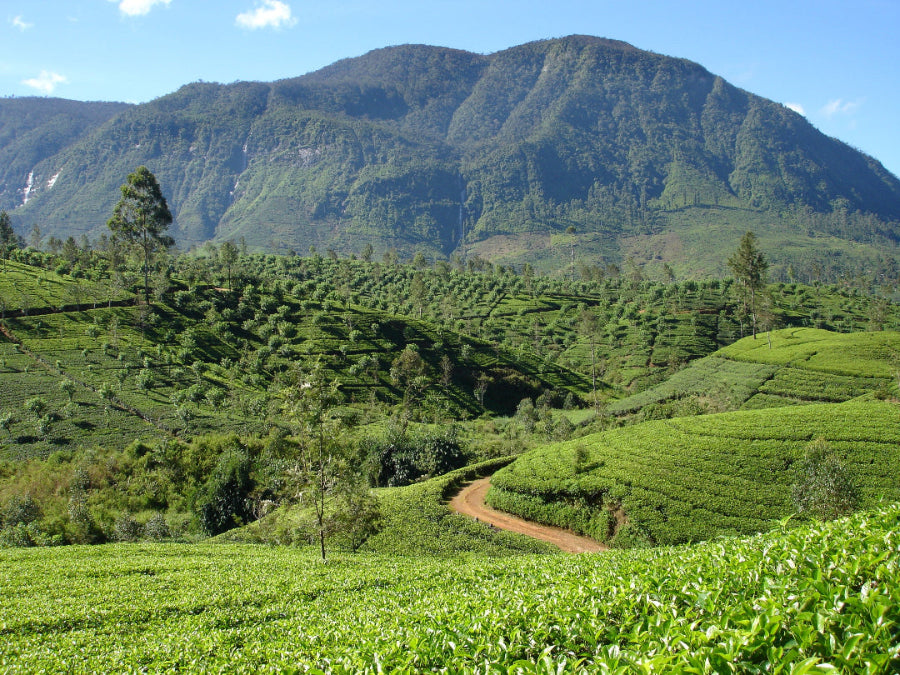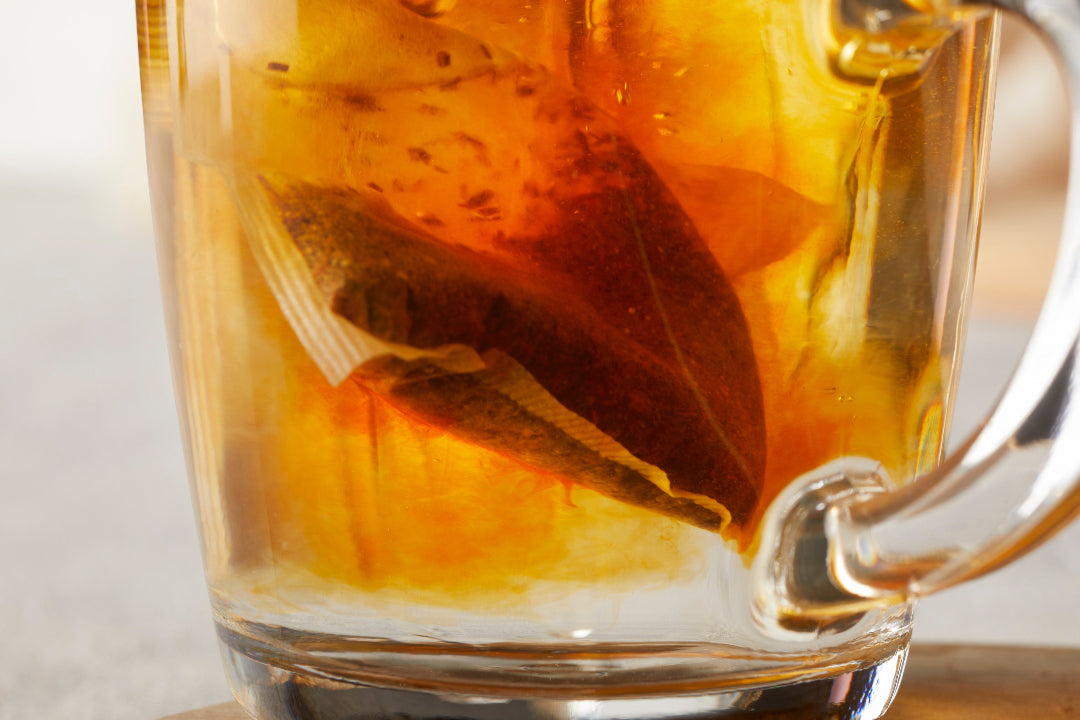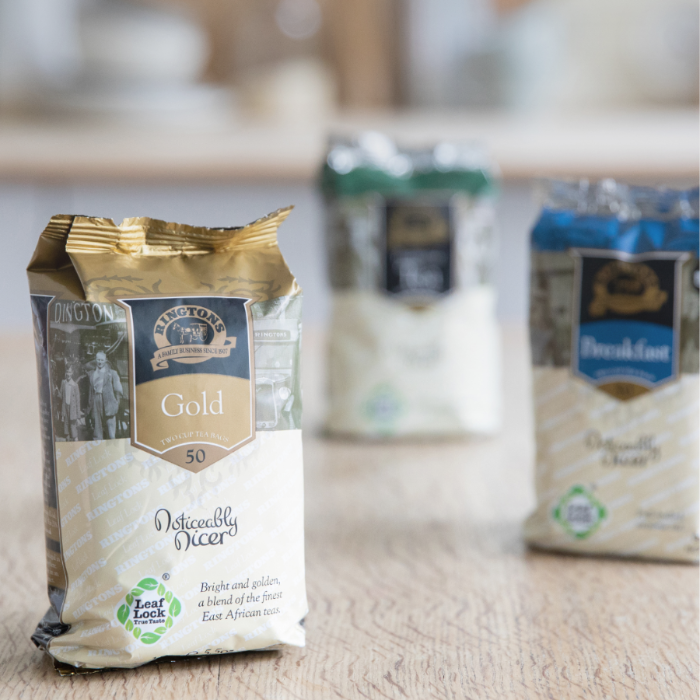
Tea Blends
Did you know that green, black, white and oolong teas all come from the same plant?
Introducing, the Camellia Sinensis.
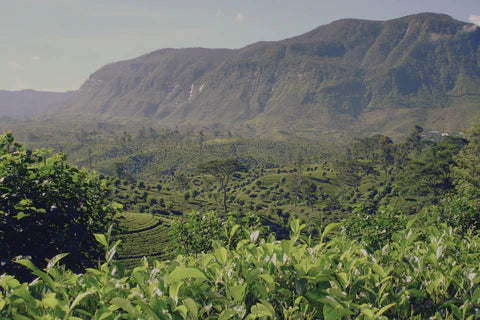
Plucked
Harvest
Growing tea from seed to a crop that is ready to harvest can take up to five years. Three million tonnes of tea is grown each year for us to enjoy.
The top two leaves and a bud are picked from the tea bush with each leaf picked by hand.
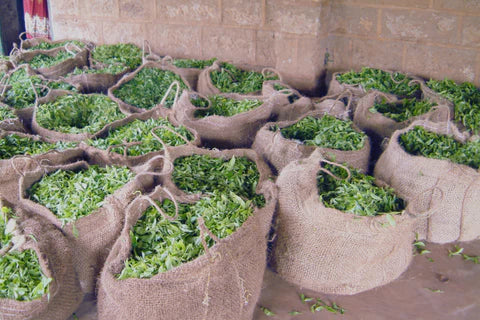
Withered and Rolled
Process
Within 24 hours of being plucked, the leaves are weighed, sorted and processed before being withered. Withering allows the leaves to 'air' which reduces their moisture content.
The leaves are then rolled, twisted or crushed to shape to release their flavour and laid out to oxidise before drying, this is called the fermentation process. Black teas enjoy a long fermentation period to make the tea stronger in flavour and darker in colour. Whereas green tea requires us to halt fermentation, which keeps the tea leaves nice and light for that classic green tea flavour.
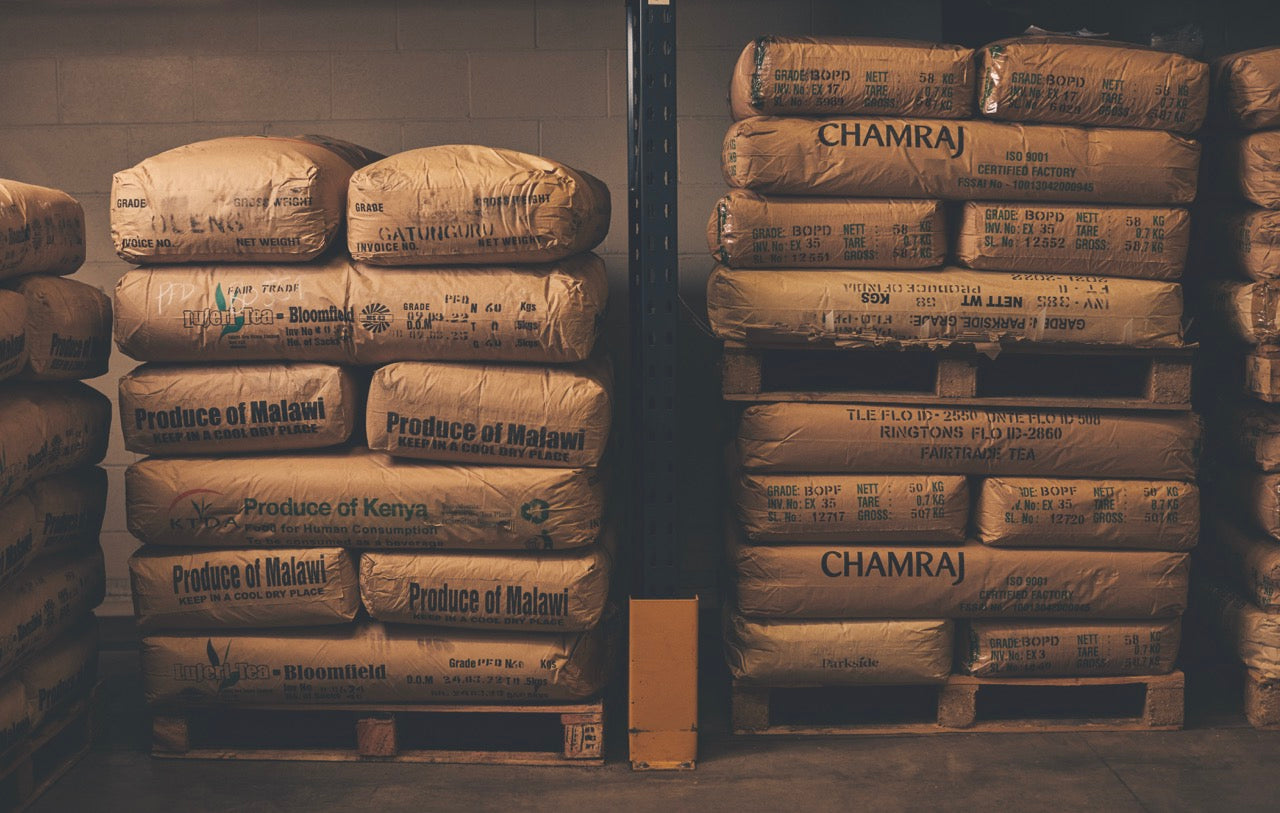
Freshness
Vaccum Packed at Source
The dried leaves are then vacuum packed at the source to seal in the freshness before being shipped to our tea blending facility in Newcastle.
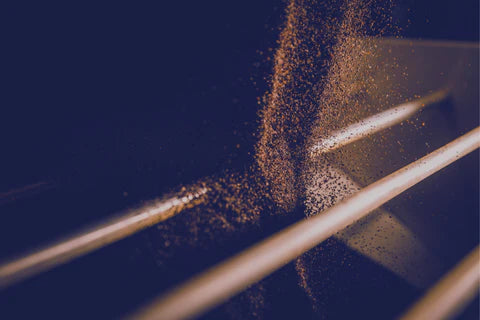
Bespoke Blending
Blended
Once the vacuum packed tea reaches us, the tea is then blended by our master tea blenders to meet a specific recipe. It is then packed ready for the next stage of its journey, all within 8 hours.
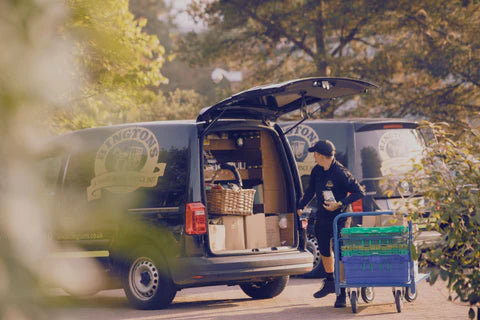
Almost done
On the Road
The blended tea makes it's way to our central warehouse where it is distributed to our 18 regional offices across the UK ready to be added to our fleet of vans ahead of your next visit.
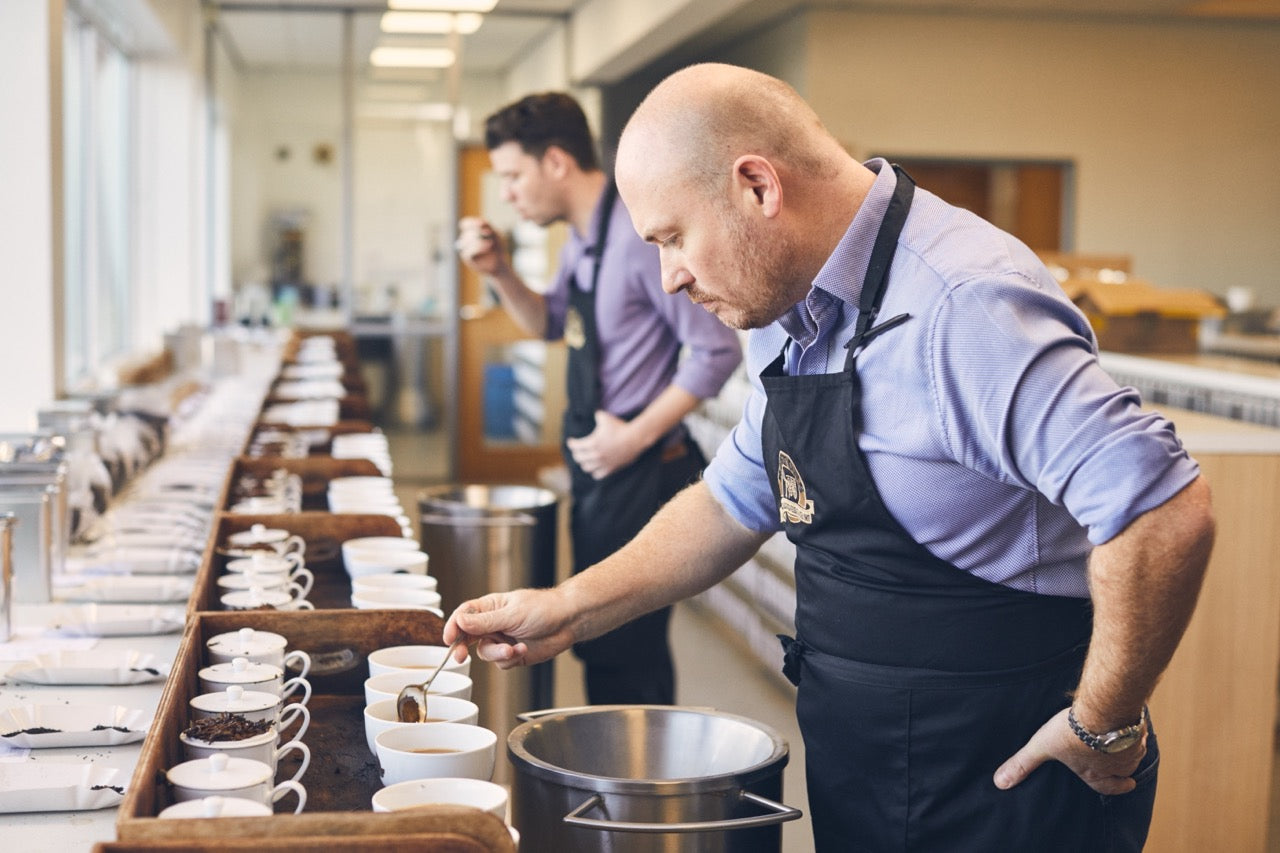
Making a Difference
From Source to Shelf
We take great pride in our tea manufacturing process and believe that the proof really is in the taste.
To learn more about the tea manufacturing process and the steps we take to ensure we continue to bring you the freshest tea, head over to our blog.
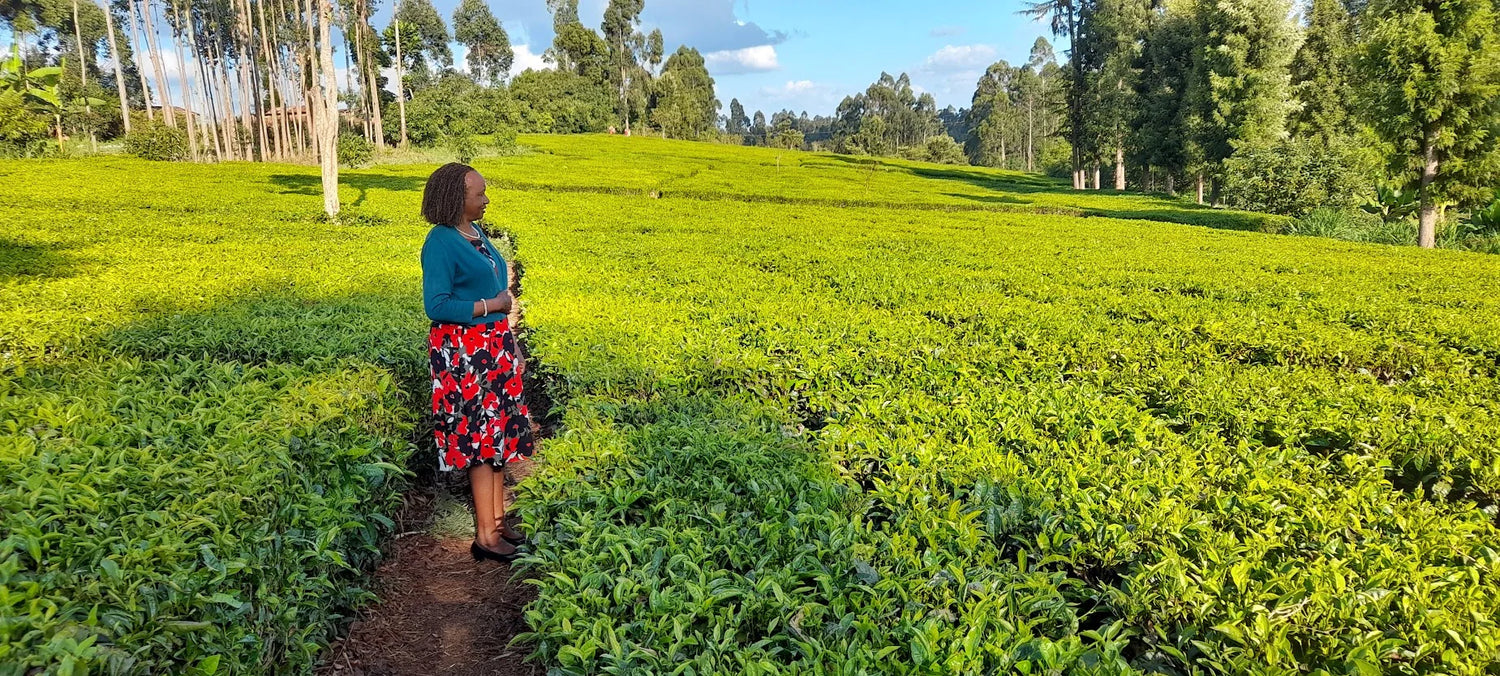
Image caption
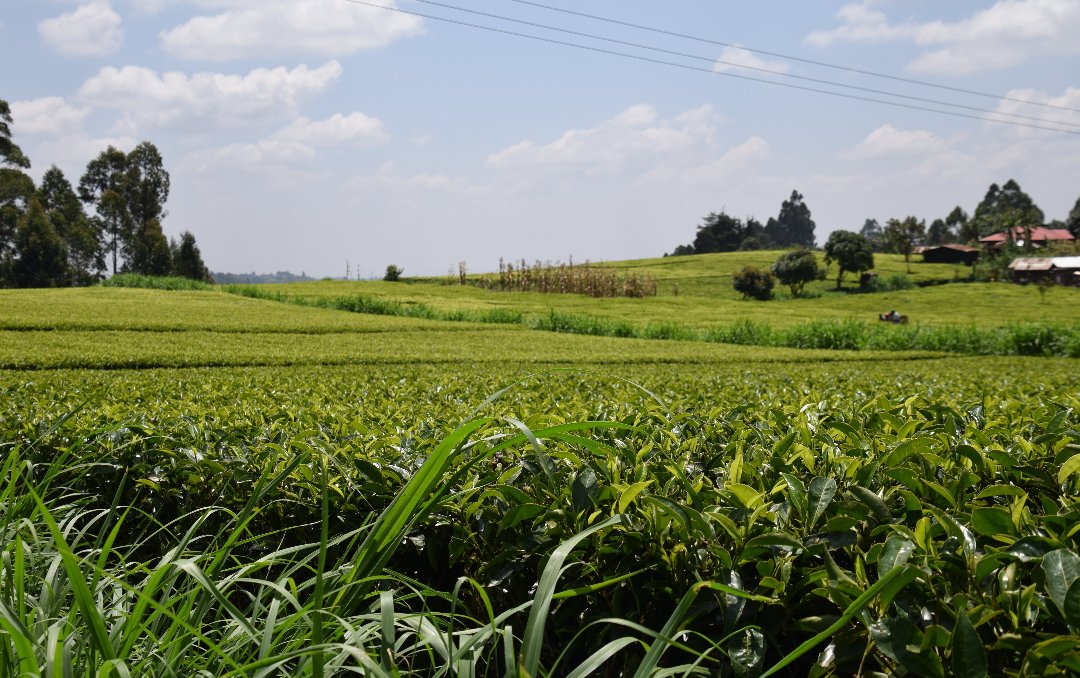
Africa
Kenya
Kenya lies on the equator and overlies the Great Rift Valley, an area renowned for producing some of the best teas in the world.
Our legendary Gold Tea is blended using teas from Kenya and produces a bright, golden and naturally sweet profile.
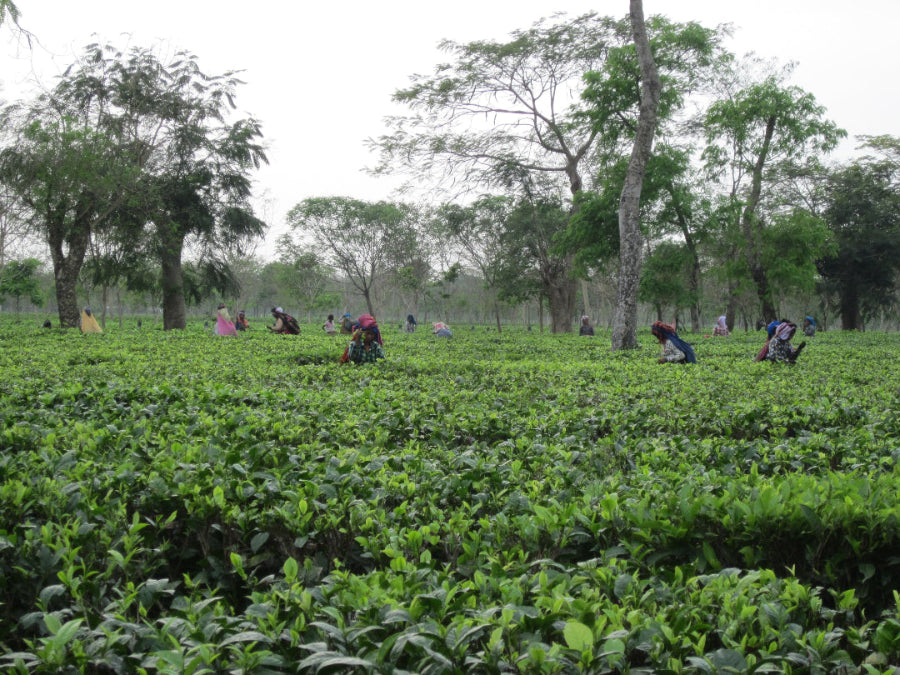
India
Assam
Assam is a state in North East India, south of the Himalayas where the Brahmaputra river divides the region. Rich soil and a seasonal climate gives Assam tea a unique and full-bodied flavour.
Our Breakfast tea is made with a blend of tea from Kenya and Assam and provides a full-flavoured tea that is malty and strong.
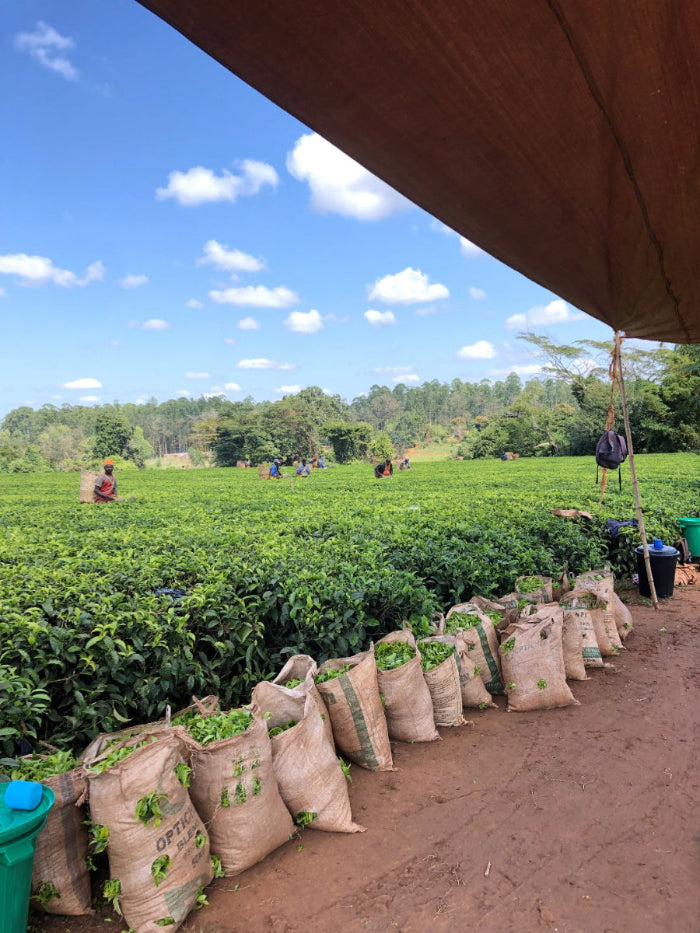
Africa
Malawi
Malawi lies in the South East of Africa, where tea crops benefit from higher altitudes.
Due to regional weather patterns, tea is only grown for around six months of the year. The regional red soil helps give Malawi tea their vibrant colour.
Our Traditional tea is made with a blend of Kenyan, Assam and Malawi tea and makes an incredible every day tea.
Jump to
Click on a topic below to reveal our top tips...
The Water
For the best tasting tea, always use water that is freshly drawn from the tap before boiling.
Recent research from the UK Tea and Infusions Association (UKTIA) tells us just one small change when boiling your kettle can be good news not only for the environment, but also for our purses – and the added bonus is that you get a better cuppa too!
So instead of filling your kettle to the top and boiling water unnecessarily, use your preferred mug to measure the water you need and boil this in the kettle. You will save cash and electricity by reducing the time taken to boil the kettle.
Tea leaves use the oxygen in water to ‘energise’ the leaf and extract the character of the tea. If you fill the kettle and boil repeatedly, the water loses oxygen each time, making the tea taste duller.
Temperature
The trick is to catch your kettle just before it boils to keep as much oxygen as possible in the water, then pour over your tea bag.
Wait
Tea is complex and needs time to release all of its delicious flavours, let it brew for 3-5 minutes every time.
Milk
Always add the milk once the tea has had time to infuse with the water and the bag has been removed.
Using a Teapot?
If you’ve made the tea in a pot, you can choose to add the milk to the cup before the tea or after, it's up to you!
Locking in Flavour
Once a pack of tea bags has been opened store them in an airtight container to keep them at their freshest. Store in a cool, dry place away from light, heat and strong aromas.
